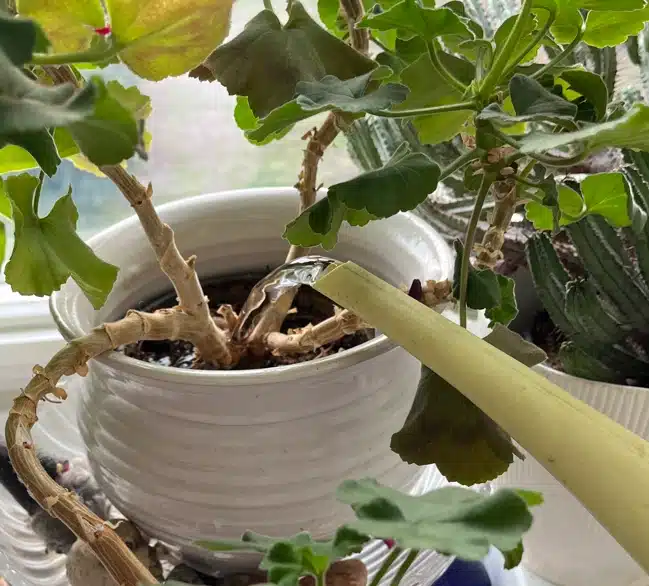

Guide - How to Water Indoor Plants
Watering your indoor plants might seem like a simple task, but many people end up damaging their plants by not providing the right amount of water. There are many variables and factors to consider regarding proper plant care.
Here comes plenty of useful advice on correctly watering your indoor plants. Learn to identify whether your watering habits are too much or too little—two of the main reasons why we lose our favorite plants. Keep reading!
Indoor Plant Watering Methods
There are various types of plants you can use to decorate your home. The key to keeping them beautiful and long-lasting is understanding their care needs, especially when it comes to how much water they need and how often. Watering is the fundamental factor for the survival and healthy growth of your indoor plants. By properly watering according to each plant’s specific needs in terms of frequency and amount, your plants will look stunning and grow well. But how exactly should you water indoor plants? Here are some useful methods to consider:
Top Watering: This technique involves pouring water directly onto the soil using a narrow-spouted watering can. It’s important to avoid getting water on the leaves, as this can cause damage.
Bottom Watering: This method involves filling the saucer beneath the pot so the plant can absorb water through the drainage holes at its own pace.
Soaking: You can use soaking by placing the pot directly into a deep container filled with water for 10 to 15 minutes. Afterwards, remove the pot and let it drain. This method is ideal for small potted plants or for reviving plants that have been exposed to excessive heat and are lacking water.
It’s worth noting that younger plants generally prefer top watering, while more mature plants may do better with bottom watering. Always check the plant’s specific care instructions before deciding on a watering method.
Best Time to Water
Believe it or not, the time of day you water your plants can impact their health. It’s better to water in the morning rather than at night. Any water droplets that land on the leaves will have a better chance to dry and evaporate during the day when temperatures are higher. If moisture remains on the leaves for too long, the risk of developing diseases, like fungi, increases.
Water Quantity
Knowing how much water your indoor plants need is another essential aspect. Each plant has its own unique requirements and characteristics. Generally, if a plant comes from a tropical region with regular rainfall, it will need more water. Conversely, plants from drier areas, like desert cacti, require much less water.
To ensure you’re watering correctly, watch for signs such as wilted leaves, which indicate the plant needs more water. However, it’s best not to let it reach that point. A good trick is to insert your finger or a wooden stick about two centimeters into the soil to check if it’s dry or moist. If the soil is dry, add more water. If it’s too wet, reduce watering, as excess moisture can lead to root rot or trigger mold and fungal growth.
Water Temperature
Temperature is another crucial factor to consider. It’s always best to use room temperature water rather than warm or cold water. Remember that extreme temperatures can seriously harm the leaves of your plants. If you notice the water in your watering can is too cold or hot, let it sit for a few minutes to reach a more moderate temperature before watering.



